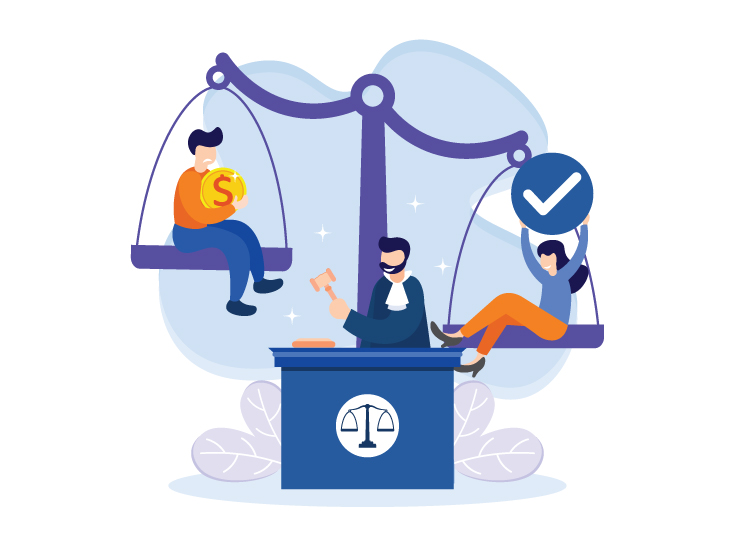Working in the legal profession can be demanding. Long hours are common, clients can be complex, and cases can take a toll on your emotional well-being, depending on the type of law you practice.
For the first time in its history, a survey by Bloomberg Law found that lawyers felt burnt out more than half of the time in 2021. This number has remained relatively stagnant since then, with lawyers reportedly feeling burnt out 48% of the time in the first half of 2023.
Workforce management programs for law firms can enable processes that alleviate heavy workloads, improve organization, and allow for more flexibility, all of which encourage better work-life balance.
Why Is Work-Life Balance Important for Law Firms?
Roughly 40% of lawyers reported that their well-being worsened in 2023. The number one personal challenge they faced during this time was an inability to disconnect from work, which was experienced by 59% of lawyers.
Respondents also reported personal challenges such as:
- Having a heavier workload or more responsibilities than normal (55%)
- Trouble focusing on work tasks (44%)
- Feelings of inadequacy (34%)
With compounding caseloads, legal professionals are increasingly reporting problems with sleep, anxiety, health, relationships, and other concerns that can interfere with their ability to perform best for your firm and clientele. This situation isn’t sustainable for your employees or your firm.
How Workforce Management Software Can Help Increase Operational Efficiencies
Workforce management programs center on strategic resource allocation, workload forecasting, and scheduling, which can help increase operational efficiencies, alleviate some of the burdens placed on your employees, help capture all billable time, and, through enhanced billing accuracy, reduce write-offs, write-downs, and maximize collections.
The best way to reap these benefits is by implementing technology such as workforce management software. Here are some work-life balance features to look for.
Overtime Management
According to 2023 data, lawyers report working an average of 48 hours per week. That means they’re working another full, eight-hour day on top of the average full-time employee, with some weeks requiring hours beyond that.
Work-Life Integration Tools
Work-life balance alludes to the idea that your employees are able to balance both their personal and professional lives, which is where tools like comprehensive digital calendars can become invaluable.
Workforce management software makes it easy to do this with scheduling tools that enable tracking of both work meetings and personal events, such as appointments and errands. These tasks can be organized and hidden from others in your law firm.
Time Management Data
It’s easy to get carried away with firm obligations when you’re unaware of how much time is being spent. With workforce management software, employees can track their time and access data about how it’s being used, and help maximize billable time for practice teams and law firm professionals.
For example, employees [or law firm professionals] can view their work-life balance as a percentage based on the amount of time they spend working. They can then compare that number to the benchmark for full-time employees, who tend to spend around 21.8% of their year working.
Employees and management can also view numerical data about their productivity to identify areas for greater efficiency. These business analytics can help law firm owners and managing partners identify employees who might be overburdened and distribute cases more evenly.
Transparent Task Tracking
Work-life balance and project management may seem unrelated, but they’re actually intertwined. Employees can use workforce management software to track all of their project milestones and client profitability in one place. This can give them a better idea of which clients are taking up the majority of their time while also tracking due dates to ensure no assignments are missed or overdue.
Easier Organization
Employees who are organized tend to feel better about their workload. Workforce management software for law firms makes it easy for employees to prioritize their cases to help them feel in control of their workload.
Workforce management systems can also help replace disparate systems where data fragmentation exists. This keeps nearly all project information and correspondence in one platform, so no time is wasted switching between multiple applications.
Combat Burnout With Workforce Management Software for Law Firms
Work-life balance is becoming increasingly challenging for legal professionals, and law firms need to take action if they want to retain top talent. Workforce management software can better integrate flexibility, motivation, and personal commitments to improve employees’ well-being.
coAmplifi’s workforce management system was built specifically to navigate the challenges of today’s law firms. Find out how other law firms are using coAmplifi. Schedule your demo now!




